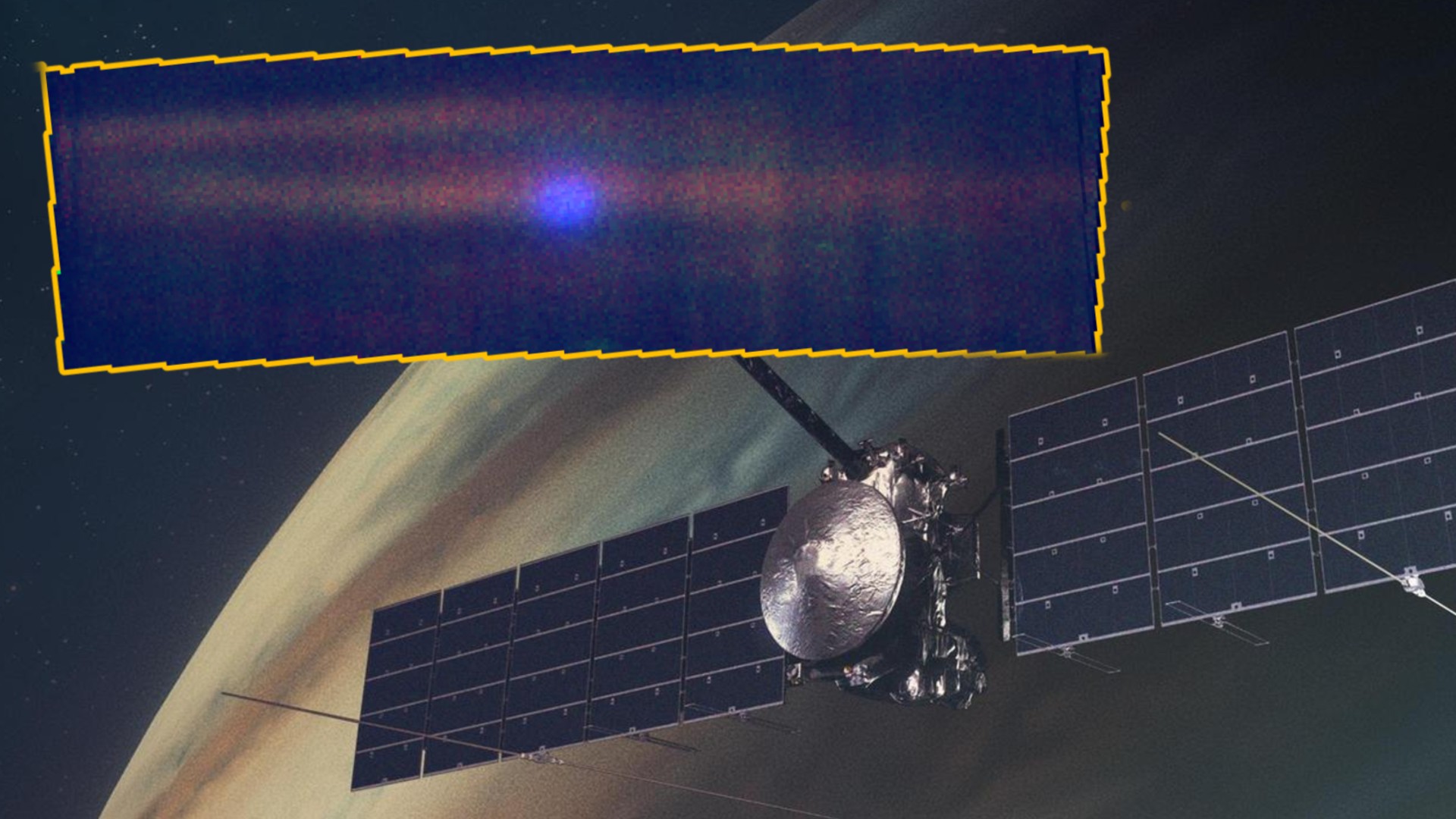Aquatic Animals Emit Laughing Gas
Aquatic animals that feed on lake and stream bottom sediments burp out small amounts of nitrous oxide, a potent greenhouse gas, a new study finds.
While the biological emissions from these critters pales in comparison to the nitrous oxide emitted by fossil fuel burning, their contribution could increase as more and more nitrogen-rich fertilizer runs off into lakes, streams and seas, the authors of the study said.
Nitrous oxide (N2O) is more commonly known to anyone who has sat in the dentist's chair as laughing gas. In the atmosphere it is a powerful greenhouse gas, packing about 310 times the punch as the same weight of carbon dioxide (though carbon dioxide is still the bigger driver because there is much more of it).
Studies of soil-dwelling earthworms had showed that the creepy crawlies emitted nitrous oxide because of the nitrogen-converting microbes they gobbled up into their guts with every mouthful of soil. Peter Stief, of the Max Planck Institute for Marine Microbiology in Germany, and his colleagues noticed that no one had ever looked for similar nitrous oxide emission in aquatic animals, so that's where they turned their attention.
"We were looking for an analogy in the aquatic system," Stief said.
The researchers found that in a variety of aquatic environments, animals that dug in the dirt for their food did indeed emit nitrous oxide, thanks to the bacteria in the soil they ate, which "survive surprisingly well in the gut environment," Stief told LiveScience.
The team's findings are detailed in the March 2 issue of the journal Proceedings of the National Academy of Sciences.
Get the world’s most fascinating discoveries delivered straight to your inbox.
The nitrous oxide given off by these so-called filter feeders has little global impact of course.
"We're not expecting a new catastrophe," Stief said.
But on the scale of an individual lake or stream, "the difference can be huge," Stief said — as much as an 8-fold difference between situations where animals were and were not present.
Nitrate from fertilizer runoff can exacerbate the situation because those bacteria that end up in animal guts love to feast on it. Increased nitrogen levels can also favor algal blooms, which suck up all the oxygen in the water. This could cause a shift in the ecosystems subjected to runoff, favoring the species that are more tolerant to oxygen depletion, which also tend to be the nitrous oxide emitters. Because these species tend to be at the bottom of the food chain, any shifts in species abundance can cascade up the food chain, Stief noted.
The findings don't mean that animals will be to blame for any future increases in nitrous oxide, because the pollution would fuel their emissions ultimately comes from humans.
"We have not discovered that the animals represent an environmental problem," Stief said.
The research was supported by a European Union Marie Curie Fellowship, the Danish Research Agency and Aarhus University, Denmark.
- Video – Changing Earth: How Dead Zones Form
- Video – Goldilocks and the Greenhouse: Science and Climate Change
- Environment Quiz: Test Your Nature Knowledge

Andrea Thompson is an associate editor at Scientific American, where she covers sustainability, energy and the environment. Prior to that, she was a senior writer covering climate science at Climate Central and a reporter and editor at Live Science, where she primarily covered Earth science and the environment. She holds a graduate degree in science health and environmental reporting from New York University, as well as a bachelor of science and and masters of science in atmospheric chemistry from the Georgia Institute of Technology.


